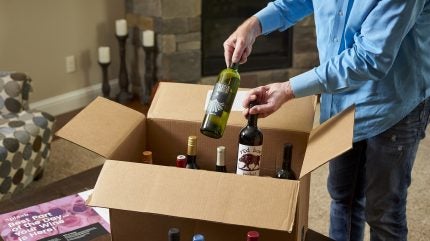
It’s clear US direct-to-consumer wine business Full Glass Wine believes in the category’s prospects. The company has made seven acquisitions in 17 months.
Full Glass Wine's co-founders discuss the group’s recent expansion and the outlook for DTC sales in the US.

It’s clear US direct-to-consumer wine business Full Glass Wine believes in the category’s prospects. The company has made seven acquisitions in 17 months.